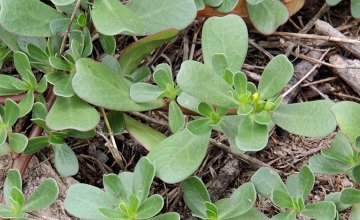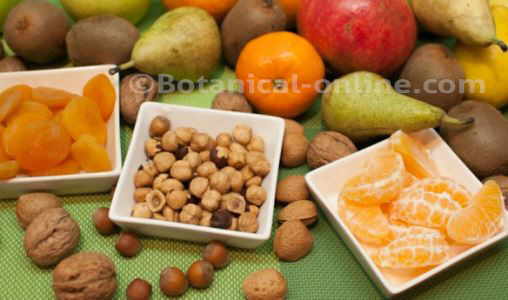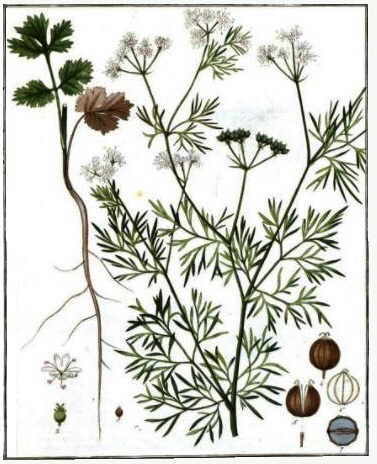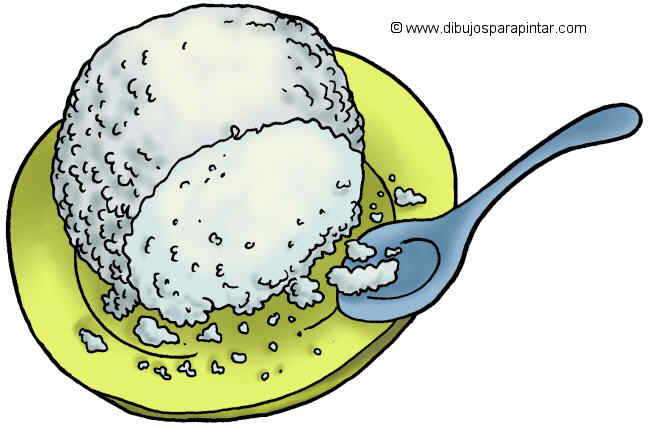Contents
Health benefits of buckwheat
Buckwheat for heart health
Unlike what it may seem by its low popularity in Western countries, this unique and nutritious grain has a huge range of medicinal properties.
In rural areas of Japan, where the consumption of leaves and buckwheat grains is usual, it has been reported a very low incidence of cardiovascular diseases.
Japanese Traditional medicine also believes that buckwheat increases the elasticity of blood vessels preventing hardening of the arteries. Therefore, buckwheat plant (leaves and grain) is used to treat hypertension and cardiovascular diseases.
These properties are corroborated by recent studies about the properties of routine, a flavonoid abundant in buckwheat leaves.
Furthermore, as discussed below, buckwheat has a fundamental role in preventing and treating obesity and diabetes, conditions normally associated with cardiovascular diseases.
Buckwheat in the prevention and treatment of obesity
Buckwheat is a source of rutin, flavonoid that helps maintain low cholesterol levels and control hypertension.
One study showed that animals fed with buckwheat flour had lower cholesterol levels than the group that was not fed with this food. Also found lower incidence of gallstones and lower body fat in subjects who ate buckwheat flour daily.
Also more and more research is done to use buckwheat to control appetite due to its content in fagomine. Moreover, this grain has the same amount of fiber than whole grains, with the extra benefits that gives the routine. In addition, this fiber helps in the proper absorption of carbohydrates.
In a 2005 study, it was showed that people who ate buckwheat were more satisfied after eating it than when eating cereal.
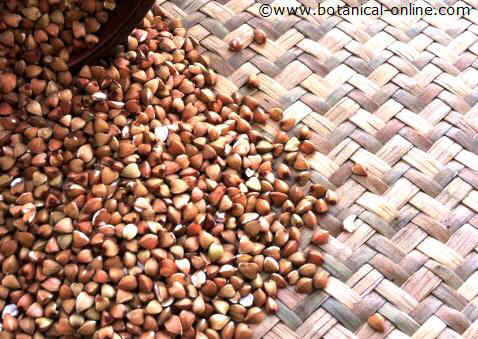
Buckwheat grains
Medicinal properties of buckwheat for diabetes
Buckwheat flour contains an imino sugar (a molecule formed by the chemical group and a sugar imino) called fagomine. The fagomine is a potent inhibitor of glucose uptake, whose administration reduces the glycemic index of carbohydrates and consequently reduces appetite.
Clinical research has been conducted in 75 patients with diabetes following a diet rich in buckwheat. The results of these observations showed a decrease in the level of blood sugar and better control of diabetes.
This molecule is already patented by the National Research Council (CSIC) and calculated that in a very near future, fagomine will be used for the development of functional foods for the control of diabetes and obesity.
Buckwheat for depression
Buckwheat is one of the grains with most complex carbohydrates that occur in nature. Buckwheat contains more than 70% starch, which together with soluble and insoluble fiber, are slowly absorbed carbohydrates, thus providing constant power to the brain.
This healthy carbohydrate intake has synergistic effect with the other components of the grain: the B vitamins help the body absorb and use efficiently these carbohydrates, essential nutrient for the nervous system (buckwheat is especially rich in niacin)
Another vital nutrient for the proper functioning of the brain is lysine, an amino acid deficient in cereals.. Magnesium also has a muscle relaxant function.
Thus, in people with stress, anxiety, depression, sweet cravings, exam periods or situations with increased mental strain, we can increase these nutrients necessary for our mind and nervous system by means of substituting cereals by buckwheat.
Interestingly, in these cases we can combine buckwheat with quality nutrient sources such as potatoes (especially rich in thiamine or vitamin B1), quinoa (with all essential amino acids) and vegetables (rich in tryptophan, the precursor of serotonin) in the diet.
Nutritious food for celiac
Buckwheat, unlike the grains and legumes, is a seed with no gluten, containing amino acids that other grains are deficient such as lysine and methionine.
In diets where many proteinic foods are restricted, such as vegetarian diets, or in diets with few sources of vegetable protein, such as in gluten-free diets, it is interesting to enrich the diet with buckwheat to complete the caloric and amino acids sources.
Trivia: Other medicinal uses buckwheat
- In Japan, a type of traditional cushions is filled with shell resulting from the milling of buckwheat. These pads are hard, and medicinal properties attributed to them because they conform to the shape and weight of the head of each person, without deforming overnight, so favoring muscular neck and shoulders rest. They are currently marketed worldwide (“buckwheat pillow” in ingestion).
- Another application of buckwheat is to prevent the bleeding gums, by means of maintaining the strength of the capillaries, and decreasing its fragility, permeability and swelling. In patients who brush their teeth and gargled every morning and every evening with buckwheat flour, there was a recovery of 62%. These results are attributed to the microelements, vitamins of group B, and especially to the quercetin and rutin that buckwheat contains.
- In macrobiotic cooking, buckwheat is considered a food yang, hot, and therefore should consume in yin seasons, such as winter. This increases buckwheat consumption in Eastern and Northern Europe, where they eat the traditional Kashas.
- The Chinese army soldiers fed with buckwheat because it was believed that this brought them greater strength and resilience to face combat.
- In some areas of Nepal, it is sold a beer made with buckwheat (variety Tartary), which requires an expensive price because the medicinal effects it has been attributed.
- The Hopi Indians used an infusion of buckwheat plant to stop bleeding postpartum. This is because the routine antihemorrhagic properties. The poultice made from the seeds of buckwheat is used to restore the flow of milk in nursing mothers
![]() More information about buckwheat
More information about buckwheat

